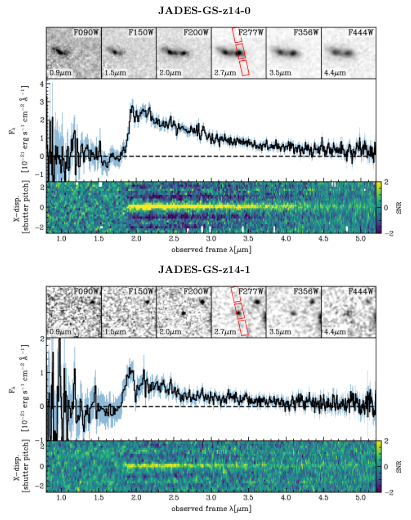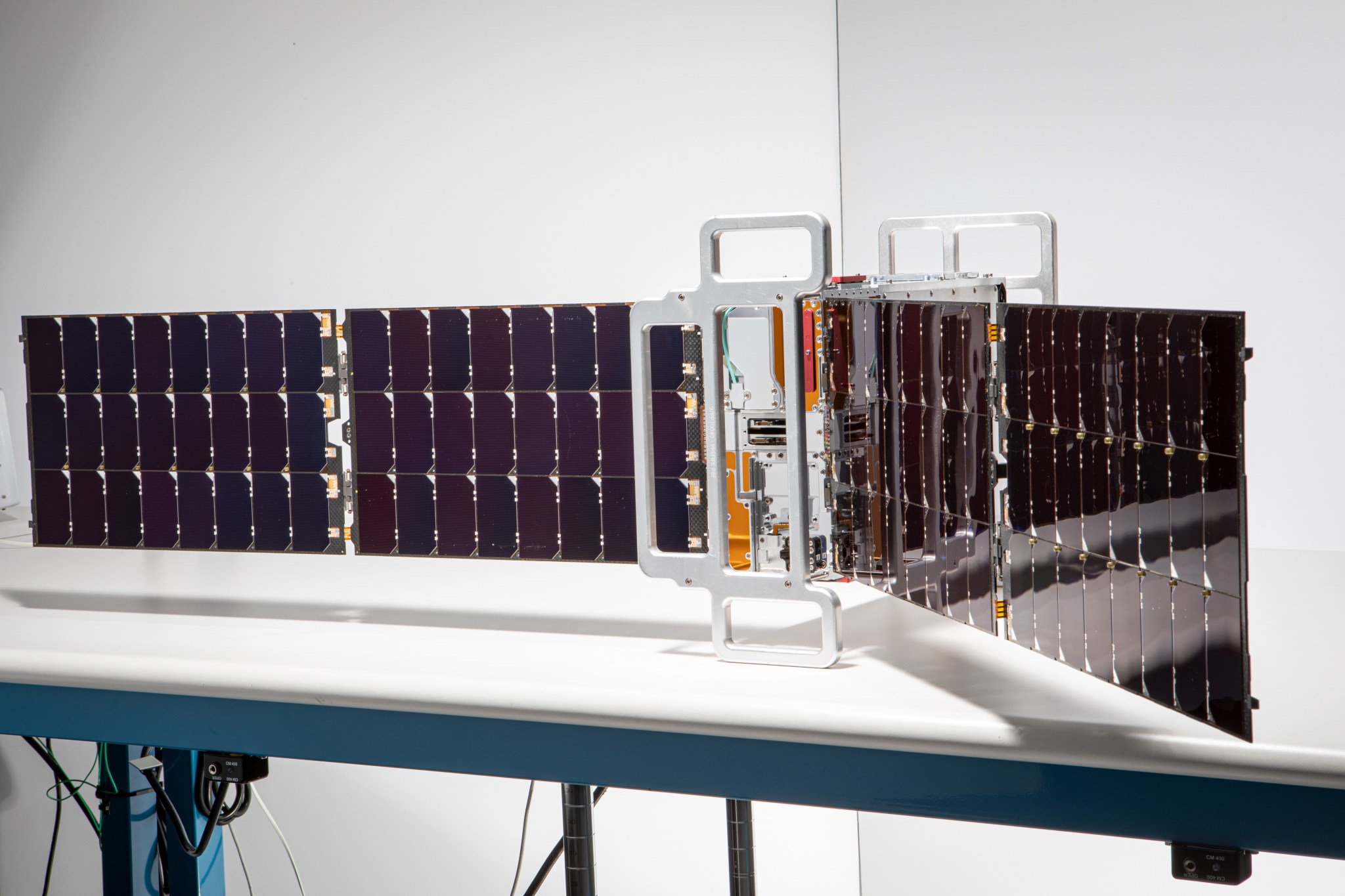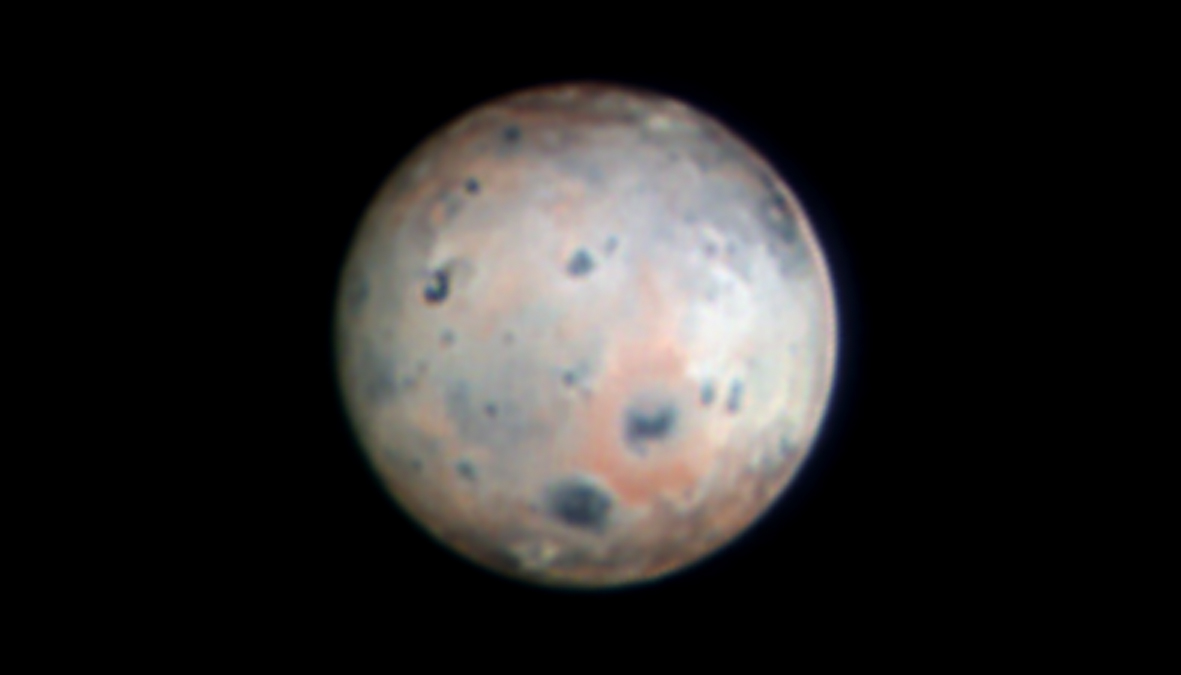2024-05-30 アリゾナ大学
<関連情報>
- https://news.arizona.edu/news/james-webb-space-telescope-spots-two-most-distant-galaxies-ever-seen-cosmic-dawn
- https://arxiv.org/abs/2405.18485
- https://arxiv.org/abs/2405.18462
- https://arxiv.org/abs/2312.10033
宇宙の夜明け:z∼14の2つの明るい銀河を分光学的に確認 A shining cosmic dawn: spectroscopic confirmation of two luminous galaxies at z∼14
Stefano Carniani, Kevin Hainline, Francesco D’Eugenio, Daniel J. Eisenstein, Peter Jakobsen, Joris Witstok, Benjamin D. Johnson, Jacopo Chevallard, Roberto Maiolino, Jakob M. Helton, Chris Willott, Brant Robertson, Stacey Alberts, Santiago Arribas, William M. Baker, Rachana Bhatawdekar, Kristan Boyett, Andrew J. Bunker, Alex J. Cameron, Phillip A. Cargile, Stéphane Charlot, Mirko Curti, Emma Curtis-Lake, Eiichi Egami, Giovanna Giardino, Kate Isaak, Zhiyuan Ji, Gareth C. Jones, Michael V. Maseda, Eleonora Parlanti, Tim Rawle, George Rieke, Marcia Rieke, Bruno Rodríguez Del Pino, Aayush Saxena, Jan Scholtz, Renske Smit, Fengwu Sun, Sandro Tacchella, Hannah Übler, Giacomo Venturi, Christina C. Williams, Christopher N. A. Willmer
arXiv Submitted on 28 May 2024
DOI:https://arxiv.org/abs/2405.18485v1

Abstract
The discovery by JWST of an abundance of luminous galaxies in the very early Universe suggests that galaxies developed rapidly, in apparent tension with many standard models. However, most of these galaxies lack spectroscopic confirmation, so their distances and properties are uncertain. We present JADES JWST/NIRSpec spectroscopic confirmation of two luminous galaxies at redshifts of z=14.32+0.08−0.20 and z=13.90±0.17. The spectra reveal ultraviolet continua with prominent Lyman-α breaks but no detected emission lines. This discovery proves that luminous galaxies were already in place 300 million years after the Big Bang and are more common than what was expected before JWST. The most distant of the two galaxies is unexpectedly luminous (Muv=−20.81±0.16) and is spatially resolved with a radius of 260 parsecs. Considering also the steep ultraviolet slope of the second galaxy (β=−2.71±0.19), we conclude that both are dominated by stellar continuum emission, showing that the excess of luminous galaxies in the early Universe cannot be entirely explained by accretion onto black holes. Galaxy formation models will need to address the existence of such large and luminous galaxies so early in cosmic history.
JWST/MIRI による 7.7 μm の測光で、z>14 の銀河における恒星の連続光と星雲放射を発見 JWST/MIRI photometric detection at 7.7 μm of the stellar continuum and nebular emission in a galaxy at z>14
Jakob M. Helton, George H. Rieke, Stacey Alberts, Zihao Wu, Daniel J. Eisenstein, Kevin N. Hainline, Stefano Carniani, Zhiyuan Ji, William M. Baker, Rachana Bhatawdekar, Andrew J. Bunker, Phillip A. Cargile, Stéphane Charlot, Jacopo Chevallard, Francesco D’Eugenio, Eiichi Egami, Benjamin D. Johnson, Gareth C. Jones, Jianwei Lyu, Roberto Maiolino, Pablo G. Pérez-González, Marcia J. Rieke, Brant Robertson, Aayush Saxena, Jan Scholtz, Irene Shivaei, Fengwu Sun, Sandro Tacchella, Lily Whitler, Christina C. Williams, Christopher N. A. Willmer, Chris Willott, Joris Witstok, Yongda Zhu
arXiv Submitted on 28 May 2024
DOI:https://arxiv.org/abs/2405.18462v1
Abstract
The James Webb Space Telescope (JWST) has spectroscopically confirmed numerous galaxies at z>10. While weak rest-ultraviolet emission lines have only been seen in a handful of sources, the stronger rest-optical emission lines are highly diagnostic and accessible at mid-infrared wavelengths with the Mid-Infrared Instrument (MIRI) of JWST. We report the photometric detection of the most distant spectroscopically confirmed galaxy JADES-GS-z14-0 at z=14.32+0.08−0.20 with MIRI at 7.7 μm. The most plausible solution for the stellar population properties is that this galaxy contains half a billion solar masses in stars with a strong burst of star formation in the most recent few million years. For this model, at least one-third of the flux at 7.7 μm comes from the rest-optical emission lines Hβ and/or [OIII]λλ4959,5007. The inferred properties of JADES-GS-z14-0 suggest rapid mass assembly and metal enrichment during the earliest phases of galaxy formation.
JADES起源フィールドにおける最古の銀河: ビッグバン後300ミリオンの光度関数と宇宙の星形成速度密度 Earliest Galaxies in the JADES Origins Field: Luminosity Function and Cosmic Star-Formation Rate Density 300 Myr after the Big Bang
Brant Robertson, Benjamin D. Johnson, Sandro Tacchella, Daniel J. Eisenstein, Kevin Hainline, Santiago Arribas, William M. Baker, Andrew J. Bunker, Stefano Carniani, Courtney Carreira, Phillip A. Cargile, Stéphane Charlot, Jacopo Chevallard , Mirko Curti, Emma Curtis-Lake, Francesco D’Eugenio, Eiichi Egami, Ryan Hausen , Jakob M. Helton , Peter Jakobsen, Zhiyuan Ji, Gareth C. Jones, Roberto Maiolino, Michael V. Maseda , Erica Nelson , Pablo G. Pérez-González, Dávid Puskás, Marcia Rieke, Renske Smit, Fengwu Sun, Hannah Übler, Lily Whitler, Christina C. Williams, Christopher N. A. Willmer, Chris Willott , Joris Witstok
arXiv last revised: 28 May 2024
DOI:https://doi.org/10.48550/arXiv.2312.10033

Abstract
We characterize the earliest galaxy population in the JADES Origins Field (JOF), the deepest imaging field observed with JWST. We make use of the ancillary Hubble optical images (5 filters spanning 0.4−0.9μm) and novel JWST images with 14 filters spanning 0.8−5μm, including 7 medium-band filters, and reaching total exposure times of up to 46 hours per filter. We combine all our data at >2.3μm to construct an ultradeep image, reaching as deep as ≈31.4 AB mag in the stack and 30.3-31.0 AB mag (5σ, r=0.1″ circular aperture) in individual filters. We measure photometric redshifts and use robust selection criteria to identify a sample of eight galaxy candidates at redshifts z=11.5−15. These objects show compact half-light radii of R1/2∼50−200pc, stellar masses of M⋆∼107−108 M⊙, and star-formation rates of SFR∼0.1−1M⊙yr−1. Our search finds no candidates at 15<z<20, placing upper limits at these redshifts. We develop a forward modeling approach to infer the properties of the evolving luminosity function without binning in redshift or luminosity that marginalizes over the photometric redshift uncertainty of our candidate galaxies and incorporates the impact of non-detections. We find a z=12 luminosity function in good agreement with prior results, and that the luminosity function normalization and UV luminosity density decline by a factor of ∼2.5 from z=12 to z=14. We discuss the possible implications of our results in the context of theoretical models for evolution of the dark matter halo mass function.



